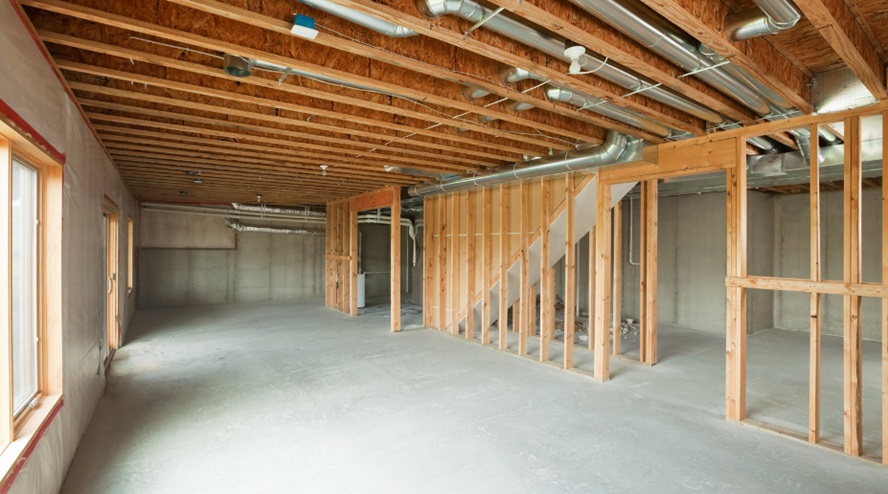
Are you thinking of turning your unfinished basement into a usable living space? A finished basement not only adds value to your home but also provides additional living and entertainment space. However, the planning process can seem overwhelming, especially if you have never tackled a renovation project before. But don’t worry, we have got you covered! In this article, we will discuss the essential steps to planning a finished basement and help you turn your dream into reality.
1. Evaluate Your Space
The next step is to evaluate your basement space and determine its potential. Look at the size, shape, and existing features of your basement. This will help you come up with a layout and design that works best for your space. Consider the location of windows, doors, and utilities when planning the layout.
2. Decide on the Functionality
What do you want to use your finished basement for? Will it be a home theater, a playroom for kids, or an extra bedroom? Deciding on the functionality of your space will help you plan the layout and design accordingly. It’s also essential to think about future needs. If you plan on using your basement as a guest room, make sure it has proper ventilation and natural light.
3. Obtain Necessary Permits
Depending on where you live, finishing a basement may require obtaining permits from your local government. These permits ensure that your renovation meets safety codes and regulations. Make sure to research the permit requirements for basement remodeling in Alpharetta so that you can complete your project legally.
4. Hire Professionals
Finishing a basement is not an easy task and requires skills and expertise. It’s crucial to hire professionals who have experience in finishing basements. They can help you with the design, layout, and construction process. Make sure to do your research and hire licensed and insured contractors for the job.
5. Plan for Lighting
Basements often have limited natural light, so it’s crucial to plan for proper lighting in your design. Consider installing recessed lights, track lighting, or wall sconces to brighten up the space. You can also use mirrors to reflect light and make the space feel larger.
6. Choose Durable Materials
Basements are prone to moisture, so it’s essential to choose durable materials that can withstand potential water damage. Consider using waterproof flooring, such as vinyl or tile, and mold-resistant drywall for the walls. It’s also important to properly seal any cracks or gaps in the basement walls to prevent water leakage.
Additionally, ask the professional about things to consider when finishing a basement so that you can make informed decisions and avoid costly mistakes. With proper planning and the help of professionals, you can turn your unfinished basement into a beautiful and functional living space that you and your family will enjoy for years to come.
In Conclusion
Planning a finished basement requires careful consideration and proper planning. By following these essential steps, you can ensure that your renovation project goes smoothly and results in a functional and beautiful living space. You can also read this blog to learn about things like how to maximize space when finishing a basement. With the right guidance and a bit of creativity, your basement can become an essential part of your home. So, don’t wait any longer, start planning and make the most out of your basement!





